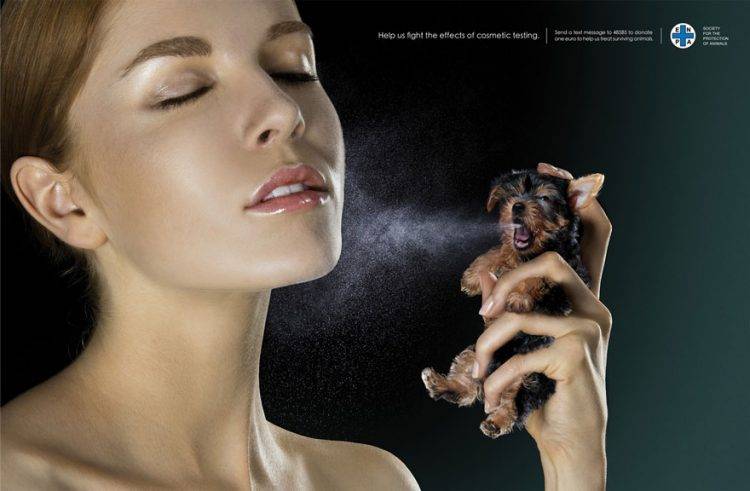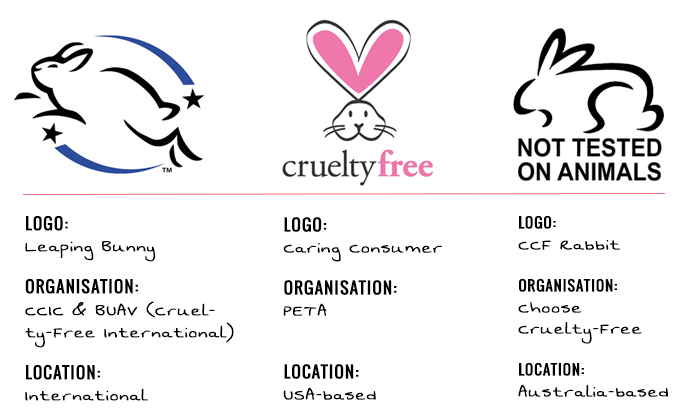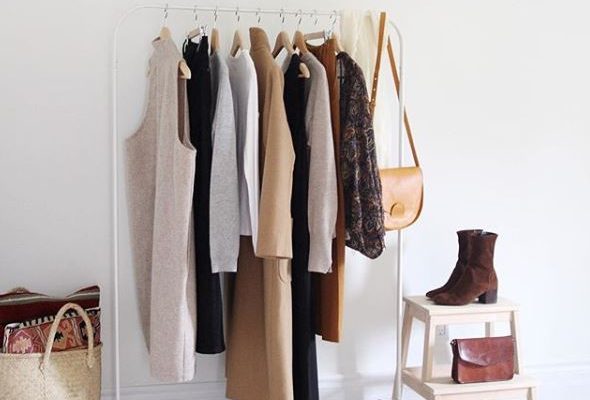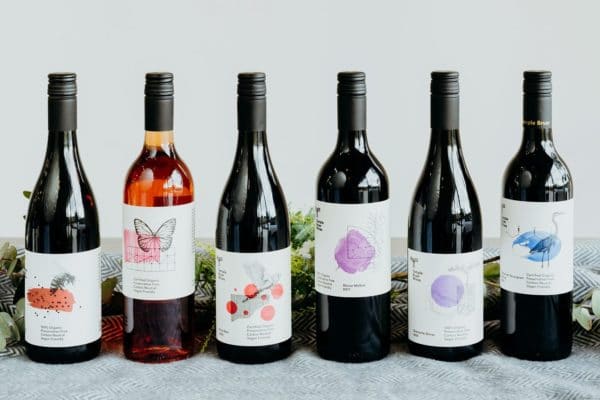Animal testing for the sake of beauty is so unappealing and unethical, and due to latest technology, completely unnecessary.
Unfortunately, there are still so many brands that practice animal testing, despite claiming they do not.
While Australia, New Zealand and the EU have banned products that have been tested on animals, a legal loophole means some beauty companies test on animals overseas, or condone experimentation on their behalf and funded by them, at some stage of production. If that company sells their products in China, then they must be tested on animals before they reach the shelves.

At this stage, the onus is still on consumers to do their own investigation. So how do you make sure that your favourite lipstick isn’t tested on animals?
1. Look for the Bunny
The simplest way to tell if a product is cruelty free is to look for bunny logo. But here’s where it gets tricky. Some companies are creating their own, un-certified bunny symbol to greenwash consumers.
Right now there are only three logos you should trust.

Image via Cruelty Free Kitty
You can check the logo’s authenticity by looking for the brand on the certifying organisations website.
2. Do your Research
Do a bit of research on animal testing. Are you happy to support big brands, such as Revlon and Loreal, knowing they are making steps towards limiting animal testing but haven’t stopped animal testing on all of their products or ingredients at some point of production? Are you happy to buy a brand that does not test on animals, but whose parent company still does? Will you support a brand who sells in China? Or will only give your dollar to brands who have one hundred percent phased out or never practiced animal testing?
Once you know your own ethics, it’s easier to be an informed consumer.
There are many great websites that have checklists about which brands do and don’t test their products on animals, anywhere on the production line. My picks are:
- Animals Australia have a comprehensive cruelty-free product list, which is regularly updated
- Cruelty-Free Kitty is a fantastic blogger who regularly updates her lists when brands are newly cruelty-free or have reverted back to testing
- PETA also has a list of products which cover the market outside Australia. They also have a free phone app available for download called ‘bunny free’, which is great if you’re on-the-go.
3. Vote with your dollar
Actively support brands that boast about being properly and legitimately cruelty-free, either on their packaging, website, or social media. Give your hard earned dollars to brands that sing their cruelty-free status from the rooftops, or at least make it easy for buyers to find out. It shows they’re aware of the importance of renouncing animal testing and are proud to advertise it.
If you’re unsure or really love a brand and want them to change send them an email or reach out to them on social media. I’ve witnessed the power of this firsthand through the Fashion Revolution campaign. Brands are more likely to change when consumers demand it loudly and publicly.
Where to shop? Online beauty giant Adore Beauty have a dedicated section to certified cruelty-free beauty products.
Final note
It’s worth noting that these tips only cover testing on animals. Cruelty free is not the same as vegan. So if you’re looking for products free from any animal derivatives, you will need to research the ingredients list. Most brands now share when they are vegan but it’s still good to ask.
Feature image credit: Lowe PirellaFronzoni – Milan



